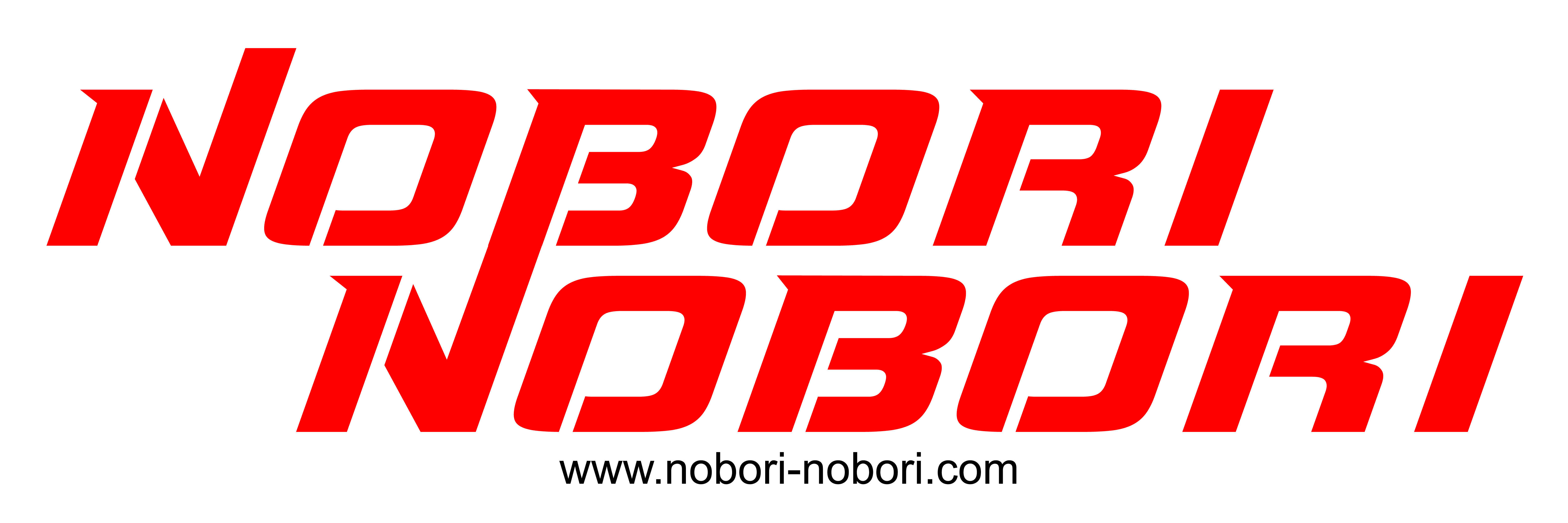Sharding can also help to make an application more reliable by mitigating the impact of outages. If your application or website relies on an unsharded database, an outage has the potential to make the entire application unavailable. With a sharded database, though, an outage is likely to affect only a single shard.
- In contrast, vertical scaling refers to increasing the power of a single machine or single server through a more powerful CPU, increased RAM, or increased storage capacity.
- Accordingly, the A-M shard gradually accrues more data than the N-Z one, causing the application to slow down and stall out for a significant portion of your users.
- We should consider data privacy and compliance requirements, especially if the organization deals with sensitive or regulated data.
When one of the computers hosting the database fails, other replicas remain operational. Good shard-key selection can evenly distribute data across multiple shards. When choosing a shard key, database designers should consider the following factors. Directory sharding uses a lookup table to match database information to the corresponding physical shard. A lookup table is like a table on a spreadsheet that links a database column to a shard key.
Additionally, the lookup service can become a bottleneck, although the amount of data is small enough that this typically is not an issue. Sharding is a method for distributing a single dataset across multiple databases, which can then be stored on multiple machines. This allows for larger datasets to be split into smaller chunks and stored in multiple data nodes, increasing the dedicated software development teams total storage capacity of the system.
Ready to get started?
Every shard holds a different set of data but they all have an identical schema as one another, as well as the original database. The application code reads which range the data falls into and writes it to the corresponding shard. Sharding is a database architecture pattern related to horizontal partitioning — the practice of separating one table’s rows into multiple different tables, known as partitions.
Directory sharding
All database servers usually have the same underlying technologies, and they work together to store and process large volumes of data. Range-based sharding involves dividing data based on a range of values, such as the date or price of a product. This technique can improve query performance by allowing queries to be targeted to specific shards based on the range of data being queried. Range-based sharding can also reduce the need for cross-shard queries by ensuring that related data is stored on the same shard.
What is sharding in NoSQL?
Horizontal sharding involves partitioning data based on a specific attribute, such as customer location or product type. This technique distributes data evenly across shards, ensuring that each shard contains a similar amount of data. Horizontal sharding can improve query performance and scalability by allowing databases to be spread across multiple servers. Database sharding is a horizontal scaling strategy that allocates additional nodes or computers to share the workload of an application.
Their docs have good general advice for picking your sharding scheme, Citus or otherwise. Each of these steps still introduces the possibility of downtime; it’s just a risk you’re going to have to take for changes at this scale. If you’ve used Google or YouTube, you’ve probably accessed sharded data. In order to shard a database, we must answer several fundamental questions. Sharding does what are altcoins everything you need to know come with several drawbacks, namely overhead in query result compilation, complexity of administration, and increased infrastructure costs.
In this tutorial, we’ll discuss the fundamentals of sharding and details of how it bitcoin games real money bitcoin games to earn money works. Moreover, we’ll elaborate on the benefits and drawbacks and compare sharding with traditional database scaling. Lastly, we’ll debate when and how to consider if sharding is the right tool for our software. Database sharding has become an essential technique for managing large amounts of data efficiently and effectively in today’s data-driven world. This ultimate guide has explored what database sharding is, its different types, and techniques, how to implement it, and the challenges that come with it.
Horizontal partitioning is a design principle whereby rows of a database table are held separately, rather than splitting by columns (as for normalization). Each partition forms part of a shard, which may in turn be located on a separate database server or physical location. The advantage is the number of rows in each table is reduced (this reduces index size, thus improves search performance).
Resources for AWS
With its ability to improve scalability, performance, fault tolerance, and availability, sharded database offers several benefits over traditional database architectures. Choosing the right sharding technique depends on the specific needs of your application and the nature of the data being stored. Key-based sharding involves assigning data to shards based on a unique identifier, such as a customer ID or order number. This technique ensures that related data is stored on the same shard, improving query performance by reducing the need for cross-shard queries. Key-based sharding can also simplify data distribution by ensuring that new data is assigned to the correct shard.







